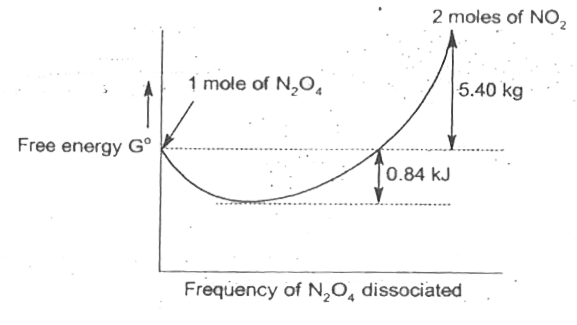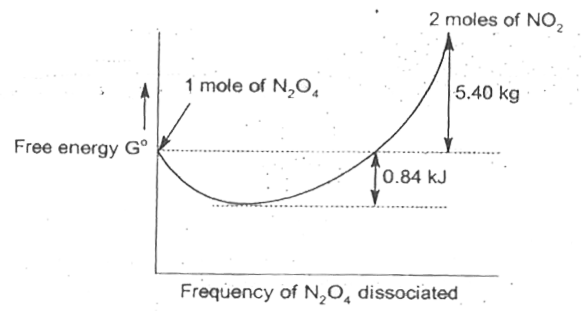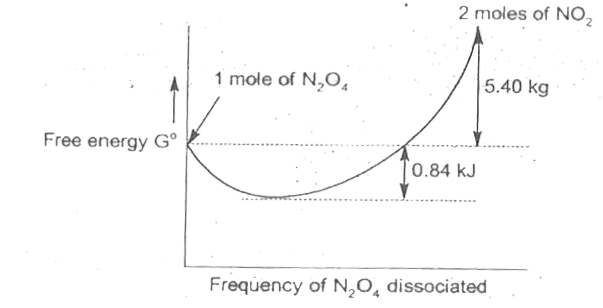Which sensations can arise when free nerve endings in the skin are stimulated?
Step-by-Step Solution:
1. Understanding Free Nerve Endings: Free nerve endings are sensory receptors located in the skin and other tissues. They are responsible for detecting various types of stimuli.
2. Types of Sensations: When these free nerve endings are stimulated, they can lead to the perception of different sensations. The main types of sensations that arise from the stimulation of free nerve endings include:
- Pain: This sensation arises from nociceptive stimuli, which are signals indicating potential harm or injury to the body.
- Thermal Sensations: These sensations relate to the perception of temperature, allowing us to feel heat or cold.
- Tickle: This sensation can occur when certain areas of the skin are lightly touched or stimulated.
- Itch: This sensation is often a response to irritants or allergens and is perceived through specific pathways in the nervous system.
3. Role of the Cerebral Cortex: The parietal lobe of the cerebral cortex plays a crucial role in processing these sensations. It contains the somesthetic area, which is responsible for interpreting sensory information from the skin.
4. Conclusion: Therefore, when free nerve endings in the skin are stimulated, the sensations that arise include pain, thermal sensations, tickle, and itch.
Final Answer:
The sensations that can arise when free nerve endings in the skin are stimulated are: pain, thermal sensations, tickle, and itch.
---
- Pain: This sensation arises from nociceptive stimuli, which are signals indicating potential harm or injury to the body.
- Thermal Sensations: These sensations relate to the perception of temperature, allowing us to feel heat or cold.
- Tickle: This sensation can occur when certain areas of the skin are lightly touched or stimulated.
- Itch: This sensation is often a response to irritants or allergens and is perceived through specific pathways in the nervous system.
The sensations that can arise when free nerve endings in the skin are stimulated are: pain, thermal sensations, tickle, and itch.
Topper's Solved these Questions
- NEURAL CONTROL AND CO-ORDINATION BOOK - ICSECHAPTER - NEURAL CONTROL AND CO-ORDINATION EXERCISE - TEST YOUR PROGRESS ( SHORT/LONG ANSWER TYPE QUESTIONS )
70 Videos
- NEURAL CONTROL AND CO-ORDINATION BOOK - ICSECHAPTER - NEURAL CONTROL AND CO-ORDINATION EXERCISE - TEST YOUR PROGRESS ( HIGHER ORDER THNKING SKILLS QUESTIONS QUESTIONS (HOTS) )
8 Videos
- NEURAL CONTROL AND CO-ORDINATION BOOK - ICSECHAPTER - NEURAL CONTROL AND CO-ORDINATION EXERCISE - TEST YOUR PROGRESS
1 Videos
- MORPHOLOGY OF FLOWERING PLANTS BOOK - ICSECHAPTER - MORPHOLOGY OF FLOWERING PLANTS EXERCISE - NCERT TEXTBOOK QUESTIONS WITH SOLUTIONS
25 Videos
- NEURAL CONTROL AND COORDINATIONBOOK - ICSECHAPTER - NEURAL CONTROL AND COORDINATIONEXERCISE - (Review question) long answer
20 Videos
Similar Questions
Free nerve endings are
View SolutionFree nerve endings present in the skin perceive the sensation of
View SolutionAssertion : The conjunctiva is thin, little cornified and richly supplied with free nerve endings.
Reason : Conjunctiva is composed of squamous epithelium and is continuous with the dermis that lines the eyelids.
View SolutionAssertion : A string wave traveling towards a free end changes its direction of motion but phase
Reason : When string wave reaches the free end there is no medium present in front of it.remains constant after reflection.
View SolutionA ball of mass m is attached to a string whose other end is fixed. The system is free to rotate in vertical plane. When the ball swings, no work is done on the ball by the tension in the string. Which of the following statement is the correct explanation?
View SolutionA reaction is spontaneous if free energy change ΔG for the reaction is negative . The question arises, how we can explain , the spontaneous reversible reaction. Taking the example of dissociation equilibrium N2O4⇔2NO2(g) the variation of free energy with the fraction of N2O4 dissociated under standard conditions is shown in the figure below.

When 1 mole of N2O4 changes into the equilibrium mixture the value of ΔG∘ is
View SolutionA reaction is spontaneous if free energy change ΔG , for the reaction is negative . The question arises, how we can explain , the spontaneous of reversible reaction taking the example of dissociation equilibrium N2O4⇔2NO2(g) the variation of free energy with the fraction of N2O4 dissociated under standard conditions is shown in the figure below.

When 2 moles of NO2 change into equilibrium mixture the value of ΔG∘ is
View SolutionA reaction is spontaneous if free energy change ΔG , for the reaction is negative .
The question arises, how we can explain , the spontaneous reversible reaction taking the example of dissociation equilibrium ,N2O4⇔2NO2(g).
the variation of free energy with the fraction of N2O4 dissociated under standard conditions is shown in the figure below.

The standard free energy change for the conversion of 1 mole of N2O4 into 2 moles of NO2 is
View Solution[A] : In vertebrates, motor fibres to striped muscle, parasympathetic fibres to smooth muscle. and preganglionic sympathetic fibres are cholinergic.
[R]: Cholinergic designates the type of nerve fibre that releases acetylcholine from its ending when stimulated by a nerve impulse.
View Solution[A]: In vertebrates, motor fibres to striped muscle, parasympathetic fibres to smooth muscle, and preganglionic sympathetic fibres are cholinergic.
[R]: Cholinergic designates the type of nerve fibre that releases acetylcholine from its ending when stimulated by a nerve impulse
View Solution
